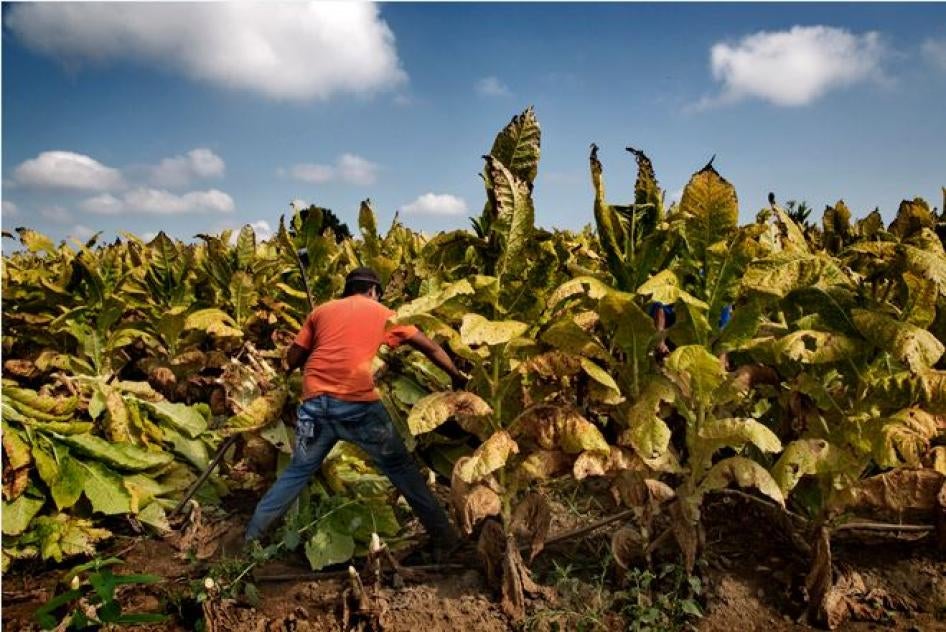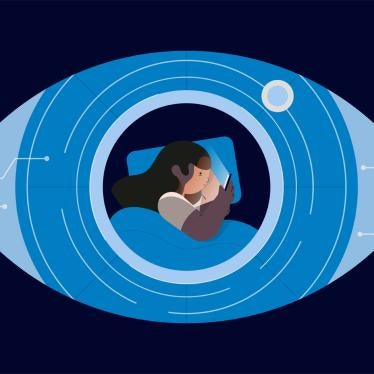The STP is used by major multinational manufacturers and leaf dealers as well as other tobacco companies operating in 52 countries, which combined are contracting with hundreds of thousands of farms worldwide.
Why is this potentially great news for kids? My Human Rights Watch colleagues and I have interviewed hundreds of children and their families working in tobacco farming in five countries: Kazakhstan, the United States, Brazil, Indonesia, and Zimbabwe. We have consistently found that many children who handle tobacco are at serious risk of nicotine poisoning, also known as Green Tobacco Sickness, an illness caused by absorption of nicotine through the skin, which can cause vomiting, nausea, dizziness, headaches, loss of appetite, and insomnia. The long-term effects of absorbing nicotine through the skin are unknown; the dangers of nicotine exposure through smoking are well-known and serious.
When we started looking into the dangers for children in tobacco farming, the companies’ approaches to hazardous work for children varied widely, and no company prohibited children from handling green tobacco.
Since 2014, we have called on tobacco companies to prohibit all children from work where they handle tobacco, including dried tobacco, which still contains nicotine. We have spoken to dozens of children – and adults – who faced health problems, such as respiratory issues, when sorting or preparing dried tobacco leaf for selling.
While companies haven’t yet gone far enough in implementing this ban on children working with tobacco, the new requirements could protect millions of children from nicotine poisoning. The policy first came into effect in the most recent tobacco-growing season, so its actual impact is unknown. Training, implementation, and monitoring in a complex global supply chain will be challenging, but achievable. As we continue to investigate conditions for child tobacco workers around the world, I hope my colleagues and I will see this as a real step to ending hazardous child labor.










